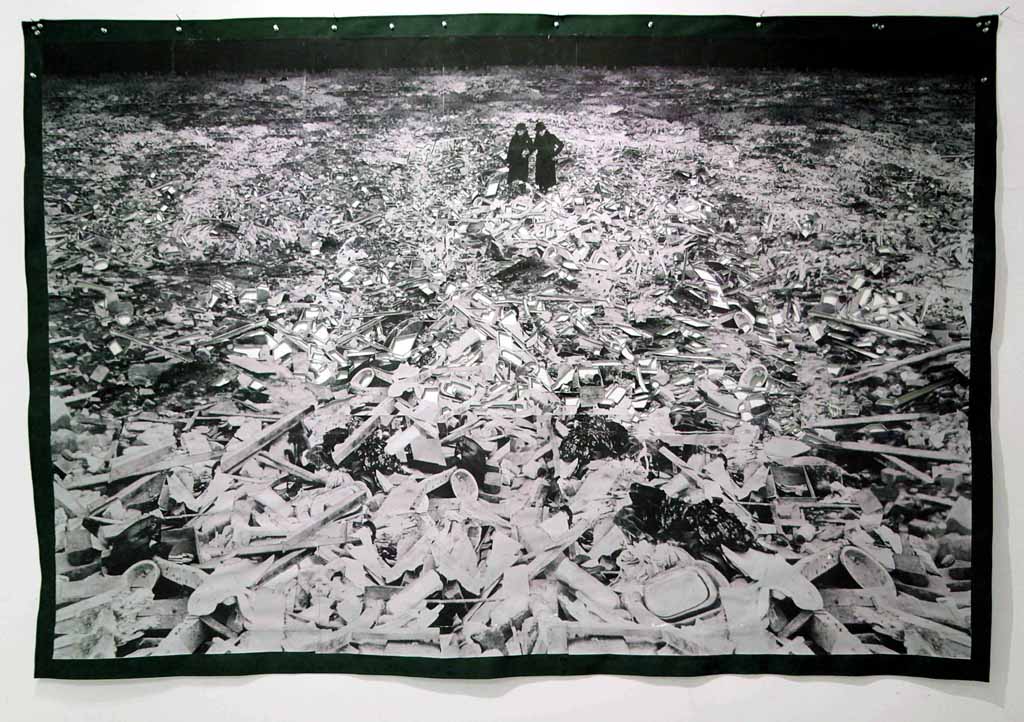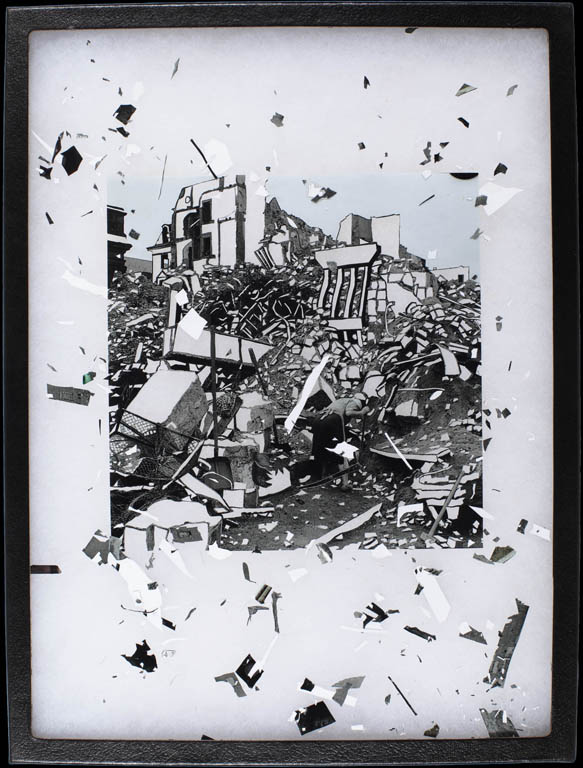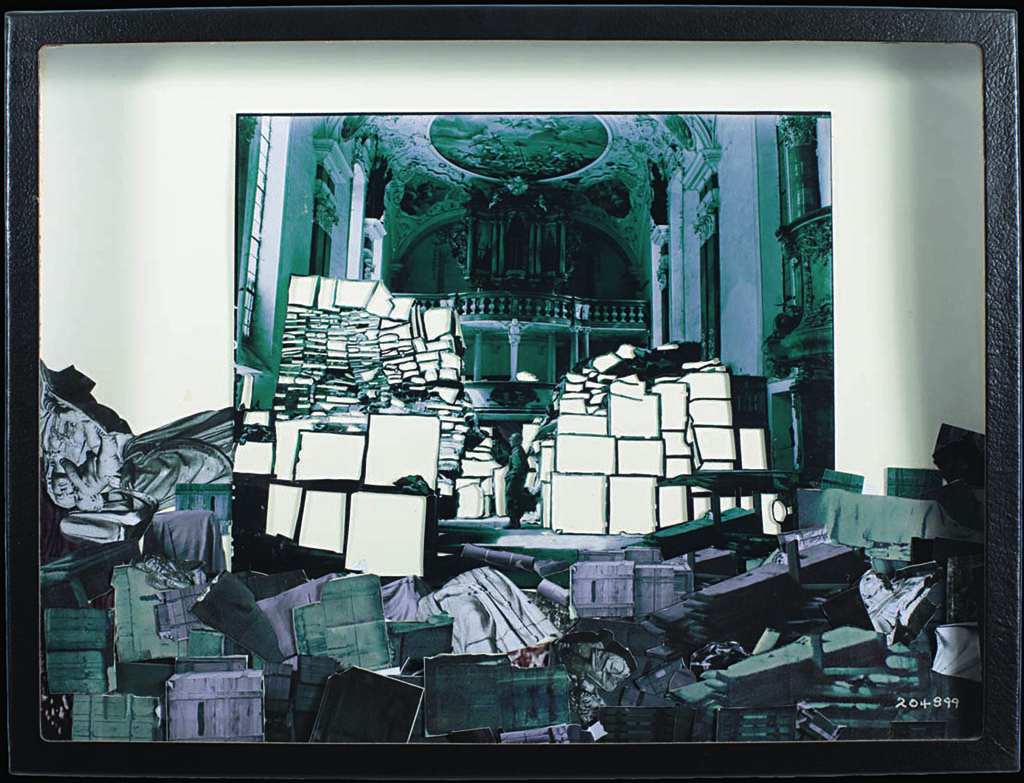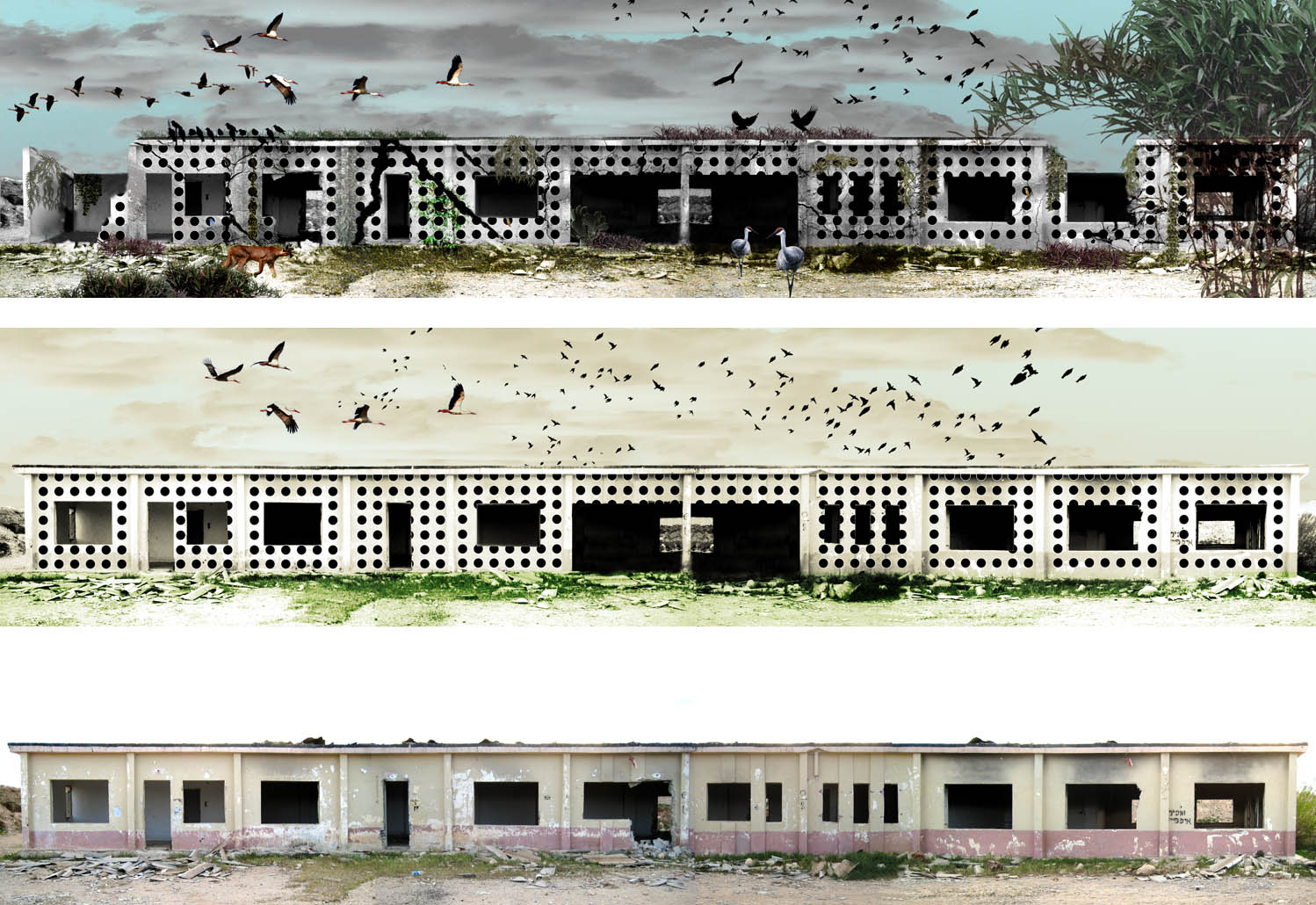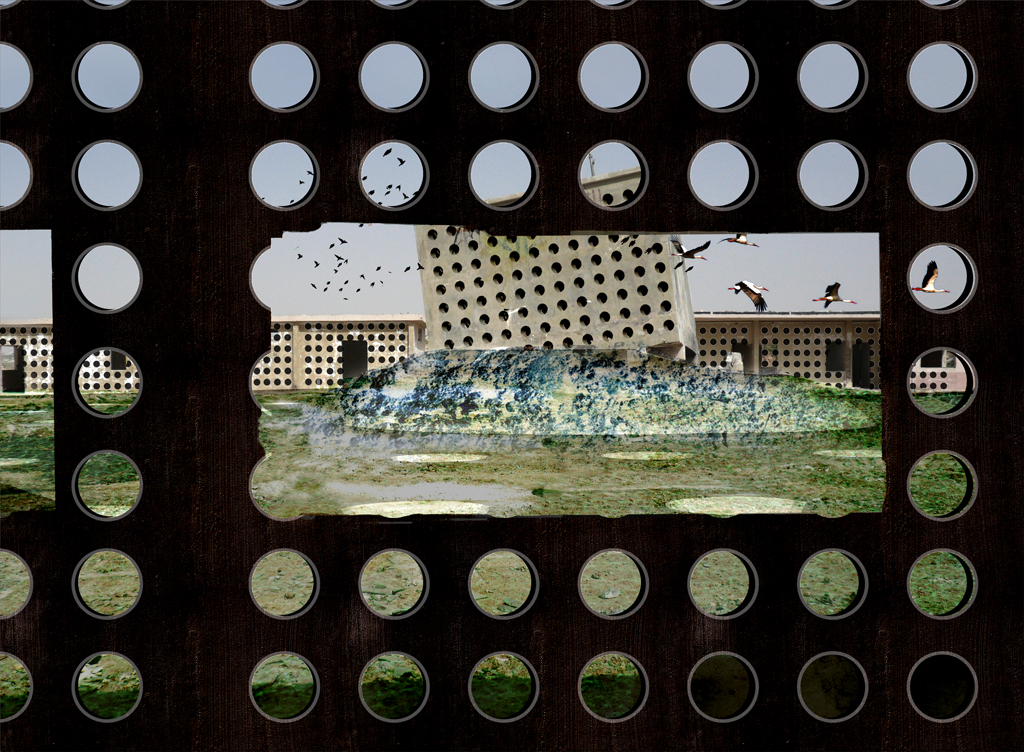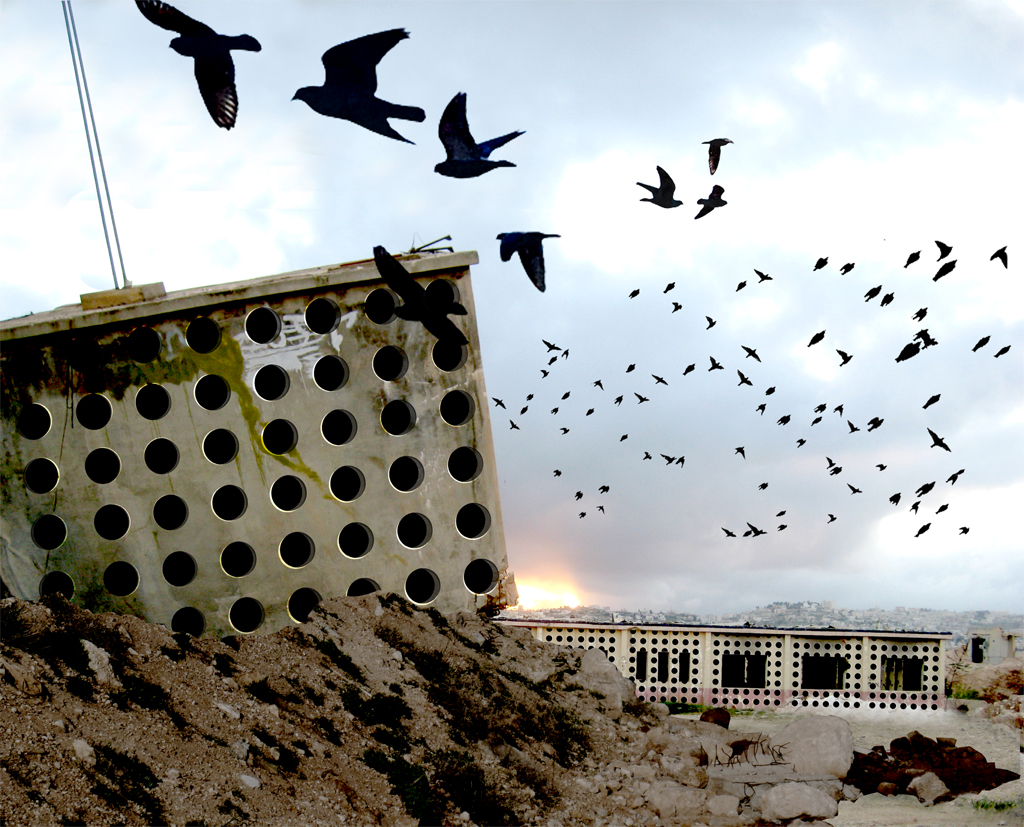CUTTING LOSSES: Lenka Clayton, Decolonizing Art and Architecture Residency (DAAR), and Heide Fasnacht
October 17 – November 15, 2012
John and June Allcott Gallery, Hanes Art Center, University of North Carolina at Chapel Hill, Chapel Hill, NC 27599
“Cutting Losses” is an expression often applied to situations headed for failure or disaster. Facing economic crises, we may tighten our belts, sell our stocks or withdraw our investments to avoid further financial ruin. Foundering in military quagmires, we may withdraw our troops to staunch the flow of blood. Witness recent headlines such as “Foreign Affairs: Afghanistan: Cut Losses or Double Down?” or “Market Watch: U.S. stock futures cut losses after jobless claims.” In such scenarios, we arrest whatever role we have played in the crisis and salvage as best we can, cutting and being cut by the losses before us.
In the hands of Lenka Clayton, Decolonizing Architecture (DAAR with Sara Pellegrini), and Heide Fasnacht, “cutting” is both an adjective and a verb pertaining to the aftermath of war and occupation. They cut through, out, and apart, literally and figuratively. Adopting techniques of incision, they interrupt pre-existing images of bombed buildings, military bases and storage areas, and villages attacked by drones. Some use what has become a fundamental automatic, unconscious gesture of contemporary culture — the cut and paste. Whether editing text or altering images, it is increasingly easy to select, copy and paste, substitute or delete their components.
Digital commands affect the technology of war as well. Drones and weaponry activated by remote devices and distant personnel often detach us from the damage they inflict. The ease of technology makes it easy to leave holes in the landscapes and lives of people far from the control boards. Were it as easy to reassemble or put things back together again.
Still, artists reveal and repurpose the rubble, using imagery from a variety of photographic sources: historical archives, the internet, the work of photojournalists or pictures personally taken. Cutting into them can re-inflict the wounds symbolically, exposing what has been destroyed, stolen, or vacated. The pieces extracted reflect the enormity of loss, a loss that cuts to the quick and deeper in human flesh, the social fabric or cultural heritage.
